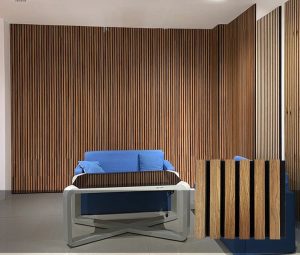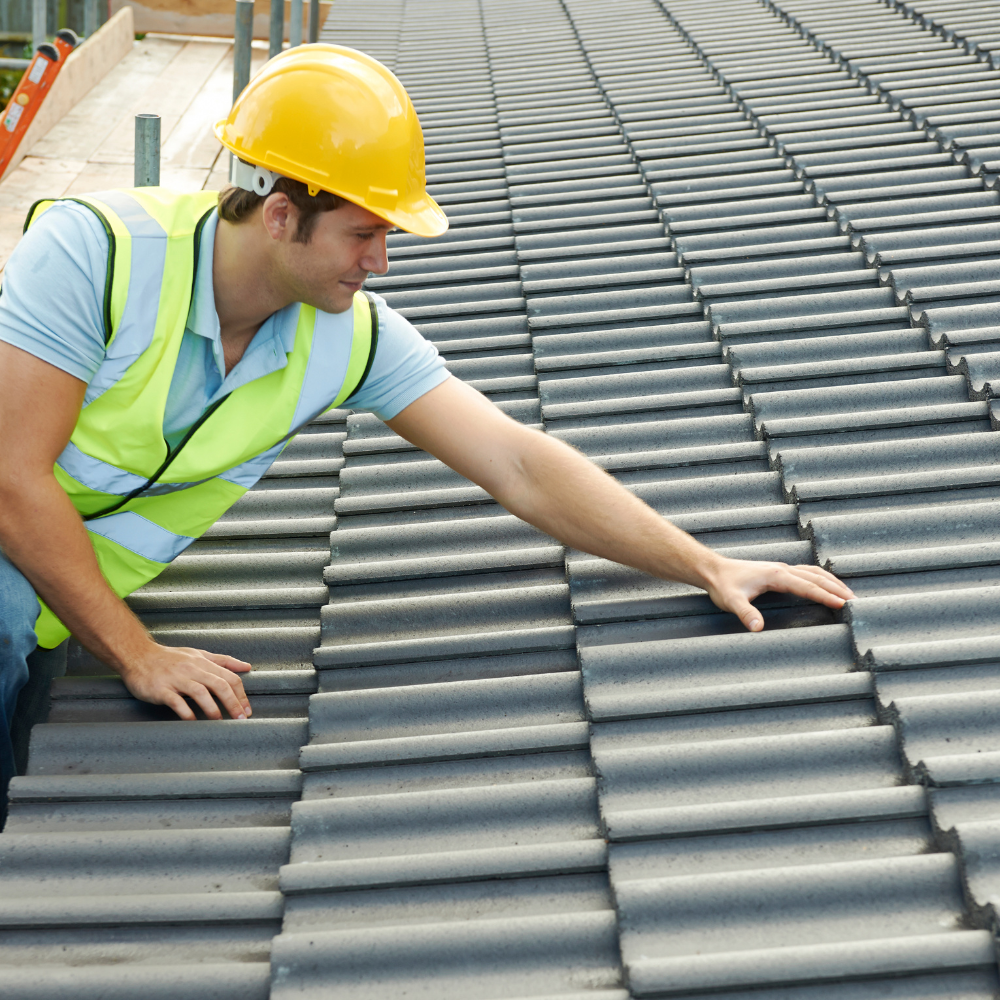The Ultimate Guide to Sound Absorbing Panels: Answering Your Top QuestionsThe Ultimate Guide to Sound Absorbing Panels: Answering Your Top Questions

The Ultimate Guide to Sound Absorbing Panels: Answering Your Top Questions
Sound plays a crucial role in our daily lives, whether at home, work, or public spaces. Excessive noise, however, can lead to distractions, reduced productivity, and poor acoustic quality. This is where sound-absorbing panels come into play. Designed to enhance sound clarity by reducing echoes and reverberation, these panels are essential for creating comfortable environments.
In this comprehensive guide, we’ll answer the most frequently asked questions about sound-absorbing panels, helping you make informed decisions about their installation and benefits. Large open spaces, like restaurants and auditoriums, benefit greatly from
for better acoustic balance.
What Are Sound Absorbing Panels and How Do They Work?
Sound-absorbing panels are specially engineered materials designed to minimize unwanted noise by absorbing sound waves instead of reflecting them. Unlike soundproofing, which blocks sound from entering or leaving a space, sound absorption focuses on reducing internal noise levels.
Key Features of Sound Absorbing Panels:
- Made from materials like foam, fabric, fiberglass, and PET felt.
- Installed on walls, ceilings, or as freestanding dividers.
- Measured using a Noise Reduction Coefficient (NRC) rating, where higher values indicate better absorption.
Types of Sound Absorbing Panels and Their Benefits
There are various types of sound-absorbing panels, each serving a unique purpose based on the environment and desired acoustic effects. Whether for professional or personal use,
helps in achieving superior sound quality.
Common Types:
- Wall-Mounted Panels: Installed on walls to absorb mid and high-frequency sound waves.
- Ceiling Baffles and Clouds: Suspended from ceilings to tackle noise in large, open areas.
- Freestanding Panels: Movable and ideal for dynamic spaces requiring flexible acoustic solutions.
- Fabric-Wrapped Panels: Offer aesthetic appeal while improving sound absorption.
- Bass Traps: Designed to absorb low-frequency sounds, perfect for recording studios.
Where and How Should Sound Absorbing Panels Be Installed?
Proper placement of sound-absorbing panels is crucial for maximizing their effectiveness. Here’s a guide to strategic installation:
Ideal Locations:
- Office Spaces: Reduce distractions and enhance communication.
- Home Theaters: Improve audio clarity and reduce sound distortion.
- Recording Studios: Optimize sound recording by minimizing echo.
- Restaurants & Cafes: Create a pleasant dining experience by managing background noise.
Installation Tips:
- Identify first reflection points to minimize echo.
- Cover 20-30% of room surfaces for effective noise reduction.
- Place panels symmetrically for balanced acoustics.
- Use ceiling-mounted panels in large open spaces to prevent excessive sound buildup.
How Many Sound Absorbing Panels Do You Need?
The number of panels required depends on room size, purpose, and existing acoustic conditions. Proper placement of
ensures maximum efficiency in absorbing unwanted noise.
| Room Size | Recommended Number of Panels |
|---|---|
| Small (up to 150 sq. ft.) | 10-20 panels |
| Medium (150-300 sq. ft.) | 20-30 panels |
| Large (300+ sq. ft.) | 30-60 panels |
It’s always best to start with a moderate number and adjust based on the room’s acoustic response.
What Are the Benefits of Installing Sound Absorbing Panels?
Investing in sound absorbing panels comes with several advantages:
- Improved Speech Clarity: Ideal for offices, classrooms, and conference rooms.
- Enhanced Privacy: Reduces sound travel, making confidential conversations more secure.
- Better Productivity: Minimized distractions lead to increased focus in workplaces.
- Aesthetic Appeal: Available in various colors and styles to match any decor.
- Eco-Friendly Options: Many panels are made from recycled materials, promoting sustainability.
How to Choose the Right Sound Absorbing Panels
Selecting the right panels requires considering multiple factors:
Things to Consider:
- Room Purpose: Determine if the primary goal is noise reduction or sound quality enhancement.
- Material Choice: Options include PET felt (eco-friendly), fiberglass (high performance), and foam (cost-effective).
- Aesthetic Design: Panels come in different textures, shapes, and colors to suit the decor.
- Budget: Compare costs while ensuring high-quality absorption efficiency.
Frequently Asked Questions (FAQs)
Are Sound Absorbing Panels the Same as Soundproofing Panels?
No. Soundproofing panels prevent sound from passing through walls while sound-absorbing panels control internal acoustics by reducing echo and reverberation.
Can Sound Absorbing Panels Be Used in Homes?
Yes! They are perfect for home theaters, music rooms, and open living spaces where controlling noise levels enhances comfort.
Do Sound Absorbing Panels Work in Open Spaces?
Absolutely! Ceiling baffles and freestanding panels help manage sound in large areas like restaurants, offices, and auditoriums.
How Do I Maintain Sound Absorbing Panels?
Most panels require minimal maintenance. Regular dusting or vacuuming keeps them in good condition. Fabric-wrapped panels may need occasional spot cleaning.
Can I Install Sound Absorbing Panels Myself?
Yes! Many panels come with DIY-friendly mounting options like adhesive strips, Z-clips, or hooks for easy installation.
By incorporating sound-absorbing panels into your space, you can create a more pleasant and functional environment. Whether you’re looking to improve productivity in the office, enhance your home theater experience, or reduce unwanted noise in a commercial setting, these panels offer an effective solution. Ready to transform your space? Explore the best sound-absorbing panels today!

